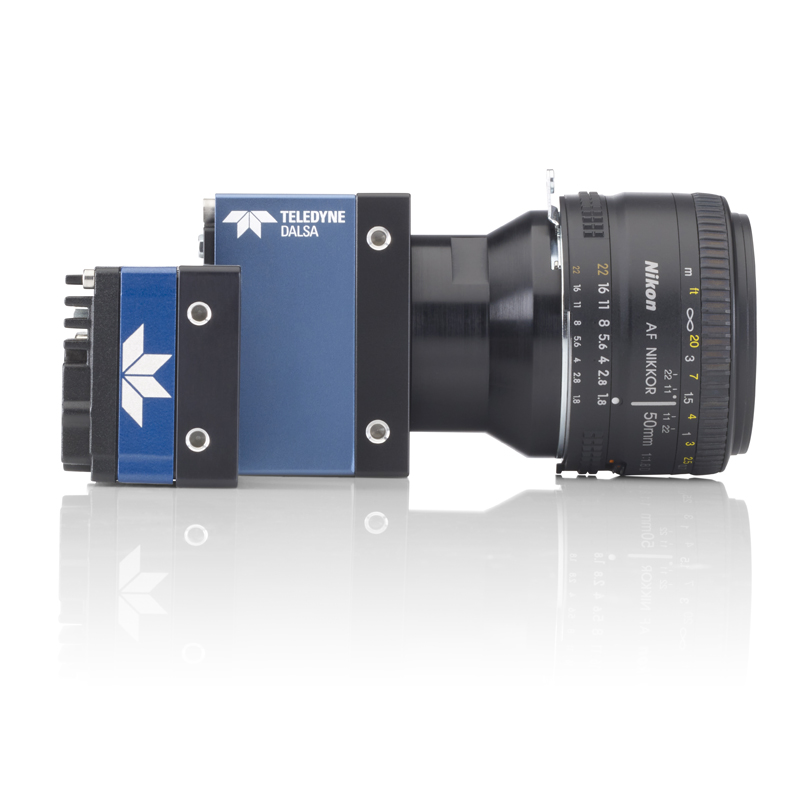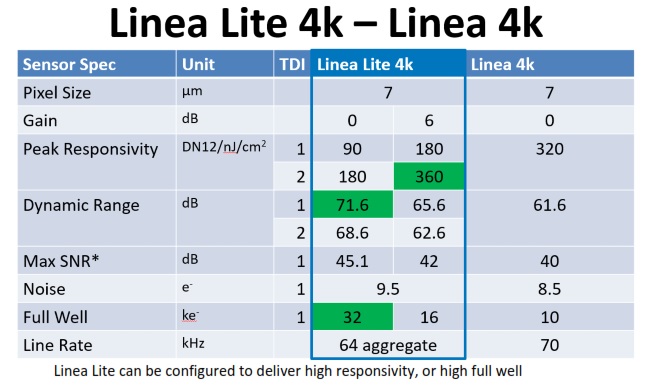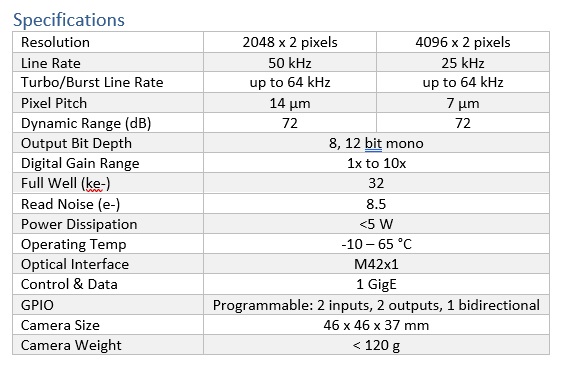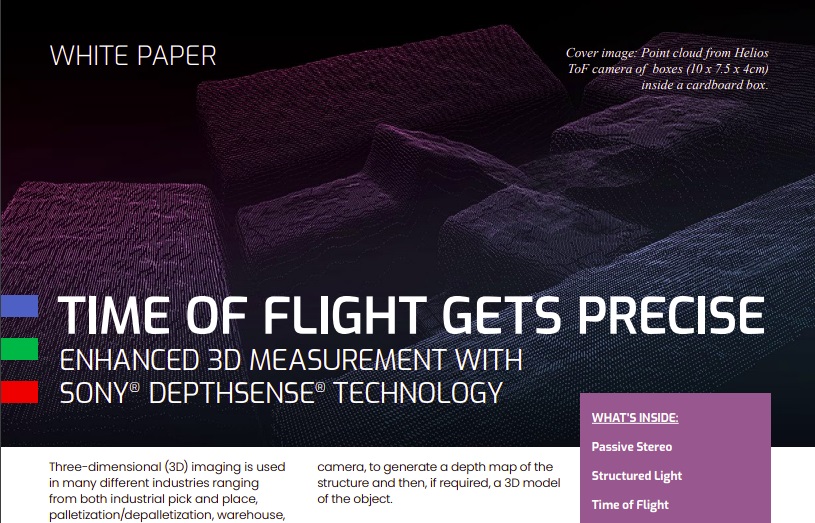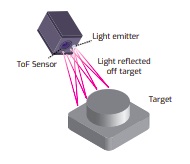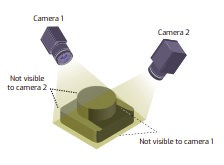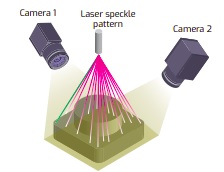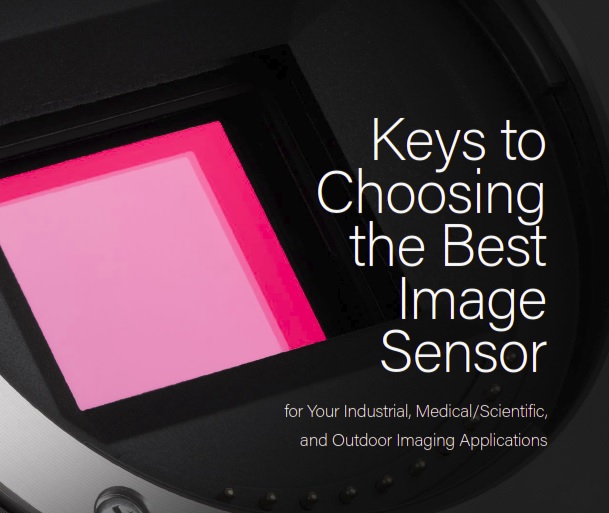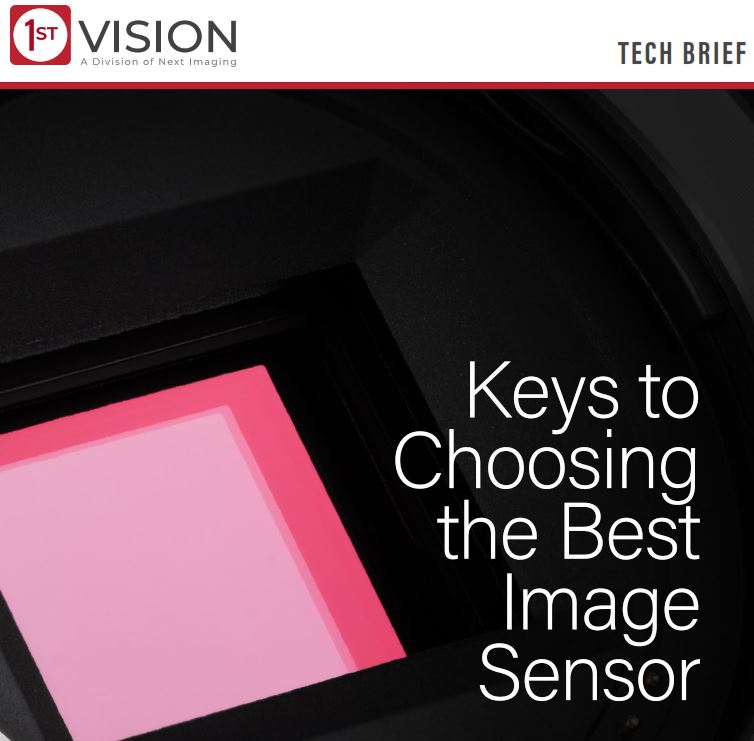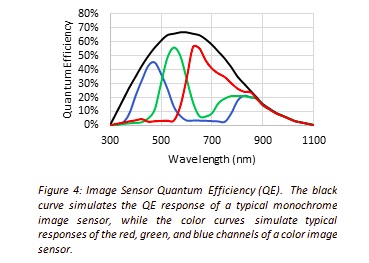Demanding imaging applications require particular combinations of image sensor, lens, and lighting in order to achieve an optimal image. It can be challenging to choose the right components and configure them in a compact space. An attractive solution for many is to use “Imaging Modules” which contain an integrated camera sensor, lens and lighting in an “all in one” housing. A range of imaging modules are available, each configured to optimize component alignment and operations. The end-user may quickly deploy a new system, benefiting from the standardized systems, economies of scale, and expertise of the module builder.
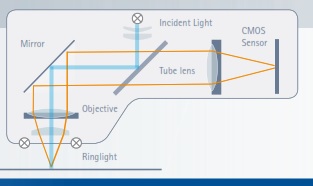
Opto Imaging GmbH offers imaging modules based on their more than 40 years experience in imaging. Early leaders in imaging software, they also led with products and systems for stereo microscopy imaging, fluorescence imaging, metrology, surface imaging, and bioimaging. They now offer Opto Imaging Modules, a collection of “plug-n-play” imaging systems for rapid deployment in diverse situations.
Here are 5 key benefits derived from using Opto Imaging Modules :
| One unit | Compact integrated sensor, lens, and lighting, optimally calibrated and tested |
| One wire | USB-C provides power, control signals, and images, and image data on a single cable |
| Plug and play | Rapid turn-key deployment into your environment, with minimal configuration, and confidence to achieve reliable results, thanks to pre-configuration by the manufacturer |
| Free viewer | https://www.opto.de/en/software/opto-viewer/ |
| SDK included | Or use any standard SDK you may prefer |
Application areas include but are not limited to:
Machine vision microscopy: Hardness testing, bond inspection, scratch analysis, automated measurements and documentation, metrology, and more.
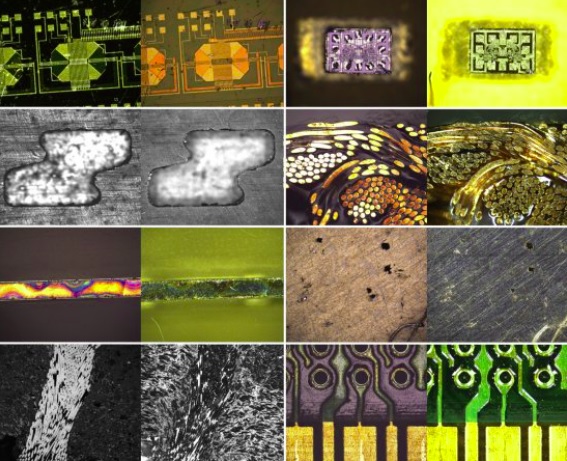
Industry 4.0 production micro imaging: With a measurement resolution of 1.8 micrometers per pixel, it enables the analysis of the smallest details.
Surface inspection: For example, of highly-reflective metal surfaces: https://www.opto.de/media/solino-slider.gif
Macro imaging: Traditional machine vision of scenes or objects larger than 20mmx20mm. Options include megapixel sensors and/or telecentric optics.
Watch this short video captured with an Opto Imaging module, capturing blood cells in a biomedical application: https://www.youtube.com/watch?v=E4Uy00rzejI
Demonstrations are available: virtual demos are available by appointment, and demo loaners are available to try in your own environment.
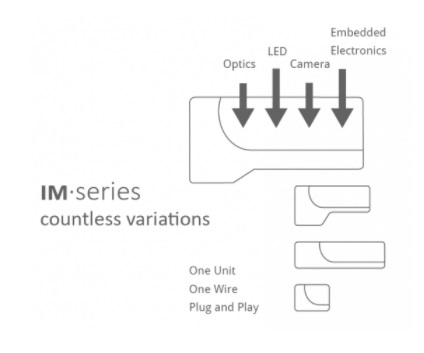
1st Vision’s sales engineers have an average of 20 years experience to assist in your camera selection. Representing the largest portfolio of industry leading brands in imaging components, we can help you design the optimal vision solution for your application.

